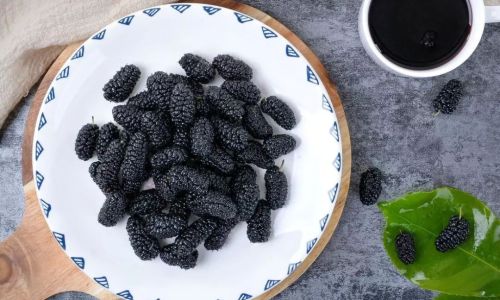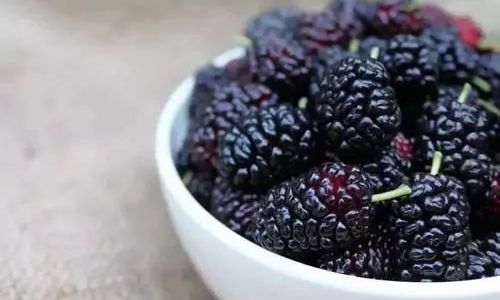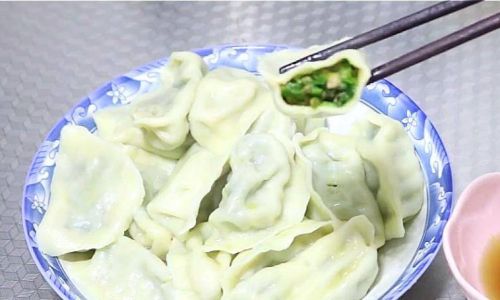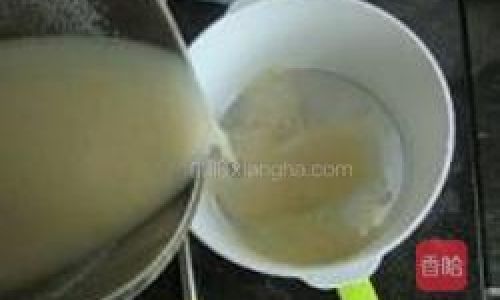Introduction

In the realm of natural delicacies, mulberries (Morus species) hold a unique place, celebrated for their sweet, tangy flavor and myriad health benefits. From ancient times, these fruits have been cherished not only for their taste but also for their nutritional value, which includes antioxidants, vitamins, minerals, and various bioactive compounds. One popular way to preserve and enhance the enjoyment of mulberries is by drying them into mulberry dried fruits, commonly known as dried mulberries or mulberry raisins. This process not only extends their shelf life but also intensifies their flavor, making them a delightful snack throughout the year. However, achieving the perfect balance of moisture and texture in dried mulberries requires careful attention to the drying process, particularly the duration of sun-drying. This article delves into the intricacies of sun-drying mulberries, exploring how long they need to be exposed to the sun’s rays before they are ready to be enjoyed.
Understanding the Drying Process
The drying of mulberries is a crucial step in preserving their natural goodness while transforming them into a concentrated form of nutrition and flavor. The primary objective of drying is to remove excess moisture from the fruit, thereby inhibiting the growth of microorganisms that cause spoilage. Sun-drying, a traditional and eco-friendly method, harnesses the power of natural sunlight to accomplish this task. It is a simple yet meticulous process that involves spreading clean, ripe mulberries on drying trays or mats and exposing them to direct sunlight for several days.
The efficiency of sun-drying depends on several factors, including the climate, temperature, humidity, and the initial moisture content of the mulberries. In ideal conditions—warm, sunny days with low humidity—mulberries can dry relatively quickly. Conversely, in cooler, more humid climates, the drying process may take longer. Therefore, determining the exact duration of sun-drying requires a combination of knowledge, experience, and monitoring.
Preparing the Mulberries for Drying
Before embarking on the drying journey, it is essential to prepare the mulberries meticulously. Start by selecting ripe, healthy fruits that are free from pests, diseases, and bruises. Ripe mulberries are typically dark purple or black in color, with a slightly soft texture and a sweet aroma. Avoid overripe or moldy fruits, as they can spoil the batch during drying.
Once selected, gently wash the mulberries under running water to remove any dirt, debris, or pesticides. Pat them dry using a clean cloth or paper towels to avoid introducing additional moisture during the drying process. It is crucial to handle the fruits gently to prevent damage to their skin, which could lead to premature spoilage.

The Drying Process: Step-by-Step
-
Spreading the Mulberries: Begin by spreading the prepared mulberries in a single layer on drying trays or mats. Ensure that the fruits are not overcrowded, as this will hinder air circulation and slow down the drying process. A good practice is to leave about half an inch of space between each mulberry.
-
Choosing the Location: Select a sunny, well-ventilated area for drying. Ideally, this should be a spot where the mulberries can receive direct sunlight for most of the day. Avoid locations that are shaded or prone to high humidity, as these conditions can prolong the drying time and increase the risk of mold growth.
-
Monitoring and Turning: Regularly monitor the mulberries throughout the drying process. Depending on the weather conditions, you may need to turn the fruits over occasionally to ensure even drying. This step is particularly important in areas where sunlight is not uniformly distributed.
-
Assessing Dryness: Determining when the mulberries are sufficiently dry can be somewhat subjective. Generally, dried mulberries should have a chewy texture and a dark, almost glossy appearance. They should feel light in weight and slightly tacky to the touch, but not wet or sticky. A good indicator is when the mulberries shrink to about half their original size.
Duration of Sun-Drying
The duration of sun-drying mulberries can vary significantly based on the aforementioned factors. In optimal conditions—warm, sunny weather with low humidity—mulberries can be fully dried in 2 to 4 days. However, in less favorable climates, it may take up to a week or even longer.

It is important to note that the drying process should be gradual to ensure that the mulberries retain their natural color, flavor, and nutritional value. Rapid drying methods, such as using a dehydrator, can sometimes result in a loss of quality, including a faded color and a more brittle texture. Therefore, patience is key when sun-drying mulberries.
Storing Dried Mulberries
Once the mulberries have reached the desired level of dryness, it is essential to store them properly to maintain their quality and extend their shelf life. Begin by transferring the dried mulberries to an airtight container, such as a glass jar or a vacuum-sealed bag. Ensure that the container is completely dry to prevent moisture-related spoilage.
Store the dried mulberries in a cool, dark place, away from direct sunlight and heat. A pantry or a cupboard in a temperature-controlled environment is ideal. Properly stored, dried mulberries can last for several months, retaining their flavor and nutritional benefits.
Conclusion
Sun-drying mulberries is a time-honored method of preserving these delicious and nutritious fruits. While the exact duration of drying can vary depending on environmental conditions, careful preparation, monitoring, and patience are essential to achieving the perfect balance of moisture and texture. By following the steps outlined in this article, you can transform fresh mulberries into a delightful, long-lasting treat that can be enjoyed throughout the year. Whether enjoyed as a snack, added to trail mix, or incorporated into baked goods, dried mulberries offer a burst of natural sweetness and a wealth of health benefits. So, the next time you find yourself with an abundance of ripe mulberries, consider embarking on a drying adventure and savoring their deliciousness well into the future.




0 comments